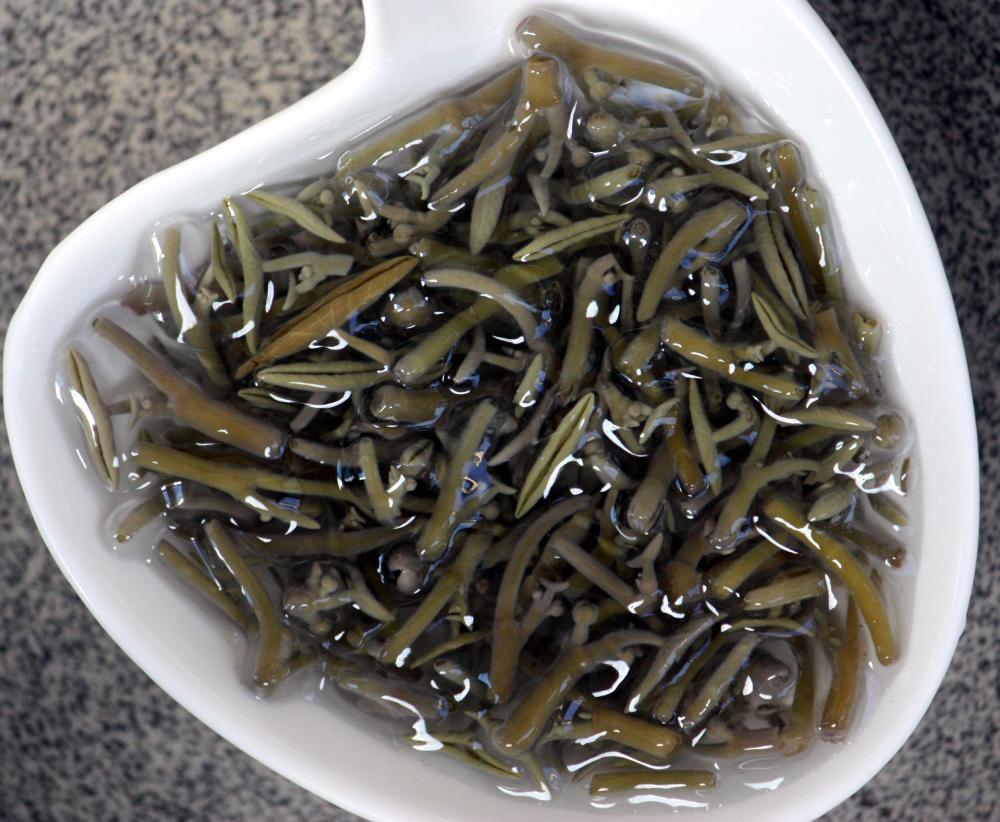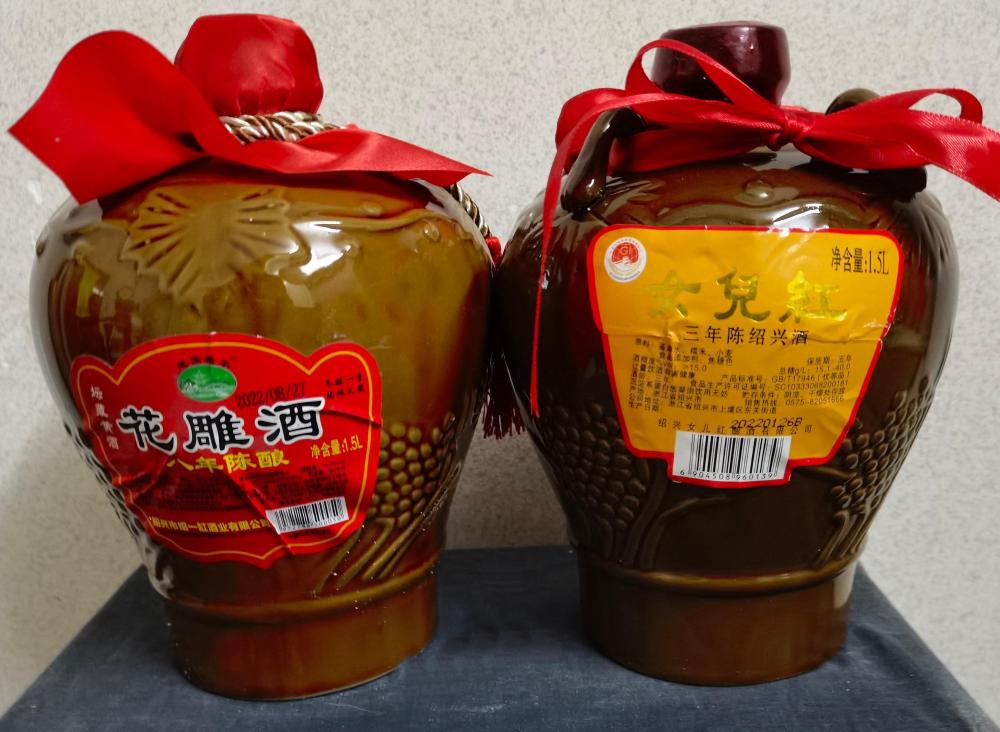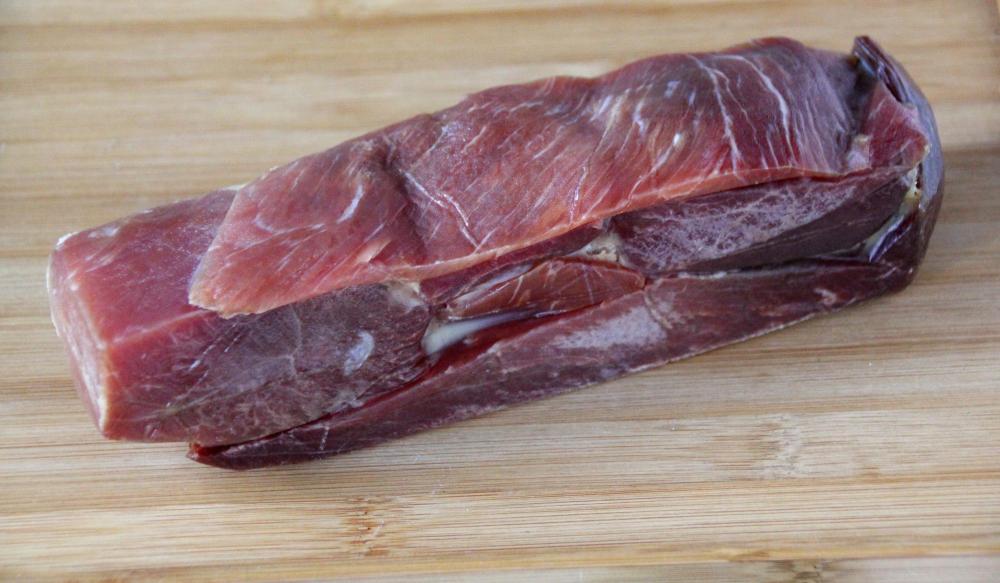浙菜 (zhè cài) Zhejiang (浙江 - zhè jiāng) Cuisine
Zhejiang is found south-west of Shanghai and borders Jiangsu, as mentioned above. Another contributor to the Jiangnan group of cuisines, Zhejiang is an important culinary centre and one of the supposed eight cuisines. Jiangsu and Zhejiang are the most similar to each other of the eight listed cuisines (hence the Jiangnan name), even to the point that both claim to be the origin of certain dishes such as Beggar’s Chicken and Lion’s Head Meatballs. I have researched these at length and allocated them to the most likely real origin.
Four recognised centres culinary of excellence in Zhejiang are 杭州 (háng zhōu), Hangzhou the provincial capital (and capital of Song dynasty (960–1279 CE) China; nearby 绍兴 (shào xīng), Shaoxing; and 金华 (jīn huá), Jinhua, with 宁波 (níng bō), Ningbo the runner up. Of these four, only Jinhua is not coastal.
Hangzhou is usually considered to be the most refined. Its most famous dish has to be 东坡肉 (dōng pō ròu).
Su Dongpo
苏轼 (sū shì), Su Shi (1037 -1101 CE) was a statesman and poet who pissed off the Emperor and was exiled to Hangzhou. His literary name was 苏东坡 (sū dōng pō), Su Dongpo. While in Hangzhou representing the emperor, he dedicated himself to improving the lives of Hangzhou residents. He also wrote poems praising the city’s beauty, especially the West Lake which lies in the city. To this date, he is revered as one of China’s literary giants.
There are various legends attributing the invention or, at least, the inspiration of a pork dish to the poet-statesman. Whatever the truth, the dish bears his name still. Although the dish is relatively simple, it does take around four hours to prepare, so few people prepare it at home. However, almost every restaurant in Hangzhou has it on its menu.
DongPo Pork consists of fatty pork belly (50% fat to 50% flesh is considered optimum) which is cut into 5 cm / 2 inch cubes then slowly simmered in a mix of water, dark soy sauce, Shaoxing wine, rock sugar, ginger and scallions for around 3½ to 4 hours. The dish turns dark chocolate brown and the fat takes on a melt-in-the-mouth texture and sensation. Despite the amount of fat, it is not greasy. Usually served as part of a family meal with other dishes and rice.
Dongpo Pork
West Lake also provides the protein for the almost equally famous Hangzhou dish, 西湖醋鱼 (xī hú cù yú), literally ‘West Lake Vinegar Fish’, but often more accurately referred to as ‘sweet and sour fish’.
The lake also provides 玛蹄草 (mǎ tí cǎo), literally ‘horse hoof grass’ (describing its shape), or 莼菜 (chún cài), This is Water Shield, Brasenia schreberi, a mucilaginous aquatic plant which is used in soup, famously with beef, but also with chicken and ham together.
Water Shield
Near West lake is the village of 龙井 (lóng jǐng), the origin of the prized 龙井茶 (lóng jǐng chá), Dragon’s Well Tea. Not only is it used to make a cuppa, but also features in a dish I love and have frequently cooked. 龙井虾仁 (lóng jǐng xiā rén), Fried Shrimps with Longjing Tea and Shaoxing Wine.
Longjing Shrimp
Heading south-east a little we come to Shaoxing, a small but culinarily important city. Here is, of course, the home of Shaoxing wine, used across China and abroad as the premium cooking wine, but also comes in superior grades for drinking. There is a Shaoxing wine topic here which gives more information on the various grades etc.
Shaoxing Wine
Probably the dish that uses most Shaoxing is 醉鸡 (zuì jī), Drunken Chicken. This is basically de-boned chicken legs cooked in a 50/50 mixture of chicken stock and Shaoxing wine with ginger, scallions, jujubes and goji berries. The chicken is boiled for ten minutes the left to cool in the broth for a further ten to complete the cooking. It is then put into an ice bath for a final ten minutes and served cold. Popular at banquets and celebratory meals. Do not make this with salted Shaoxing wine as only found in North America. It will be inedible. If you can find unsalted wine, then use the best grade possible.
Drunken Chicken
Heading south-west from Shaoxing we arrive in Jinhua, situated almost in the dead centre of Zhejiang, far from the sea or rivers. This is famous for its 金华火腿 (jīn huá huǒ tuǐ), Jinhua Ham. Made from the legs of a local breed of pig, 两头乌 (liǎng tóu wū), an amusing name to describe the breed. It means ‘both ends black’ as the breed has distinctive black heads and hindquarters, the trunk and legs being the usual pig pink. The first record of the salt-cured ham dates to the Tang Dynasty (618–907 CE). Widely considered to be China’s best ham, it has been compared favourably with Spain’s Jamón Ibérico.
Jinhua Ham
Jinhua is also noted for its rice. There are archaeological records to show that rice has been grown here for around 10,000 years. The area is also known for various meat pies and stuffed omelettes.
Finally, while in Jinhua, I must mention 一根面能供百 (yī gēn miàn), Longevity Noodles made in Jinhua’s 潘周家 (pān zhōu jiā) village. The noodles are extra-long to indicate long life. In 2014, a noodle maker from the village made a single narrow ribbon-like noodle using one kilogram flour, The noodle was 200 meters long and fed 100 people.
Being coastal, Ningbo obviously is famous for seafood, but two standout dishes are its fried eels, 炒鳗鱼 (chǎo mán yú) and braised turtle, 甲鱼 (jiǎ yú ).









